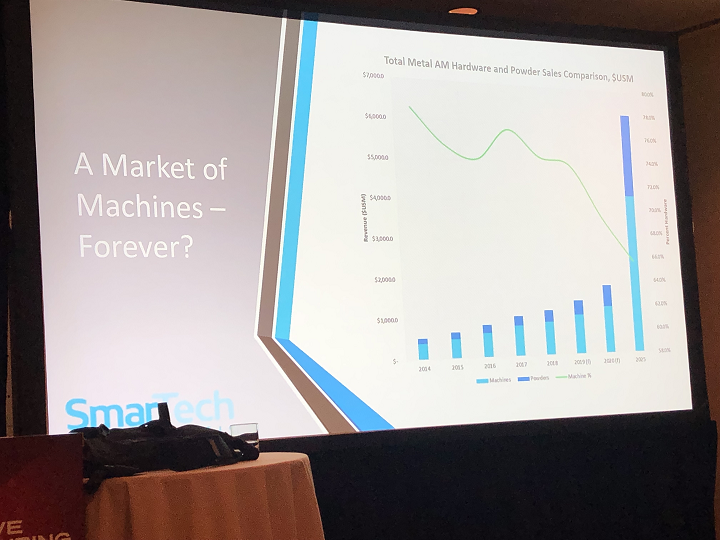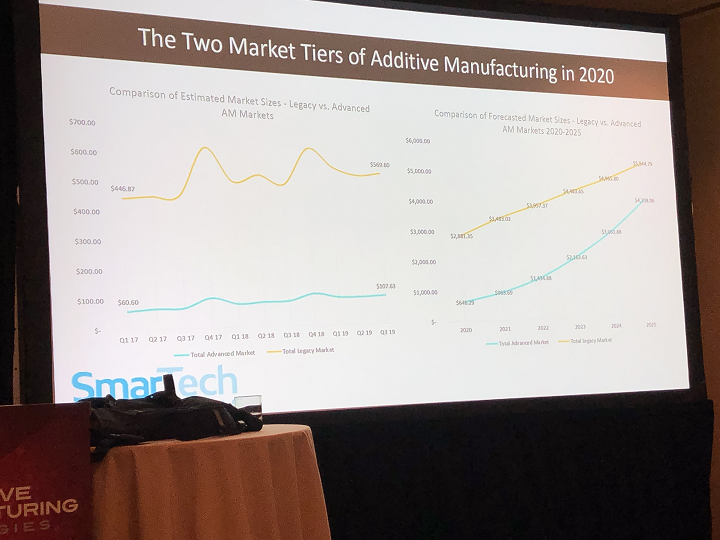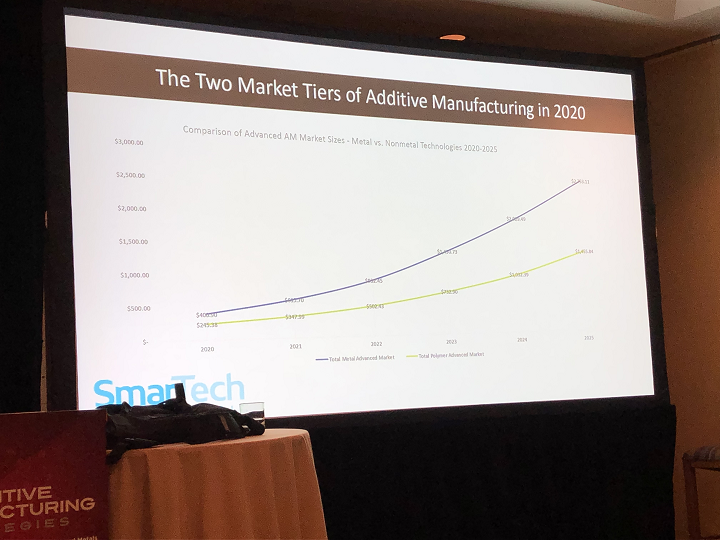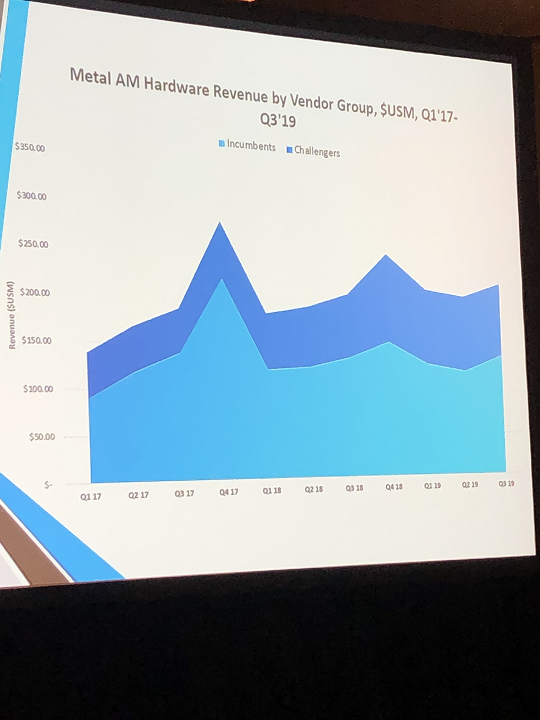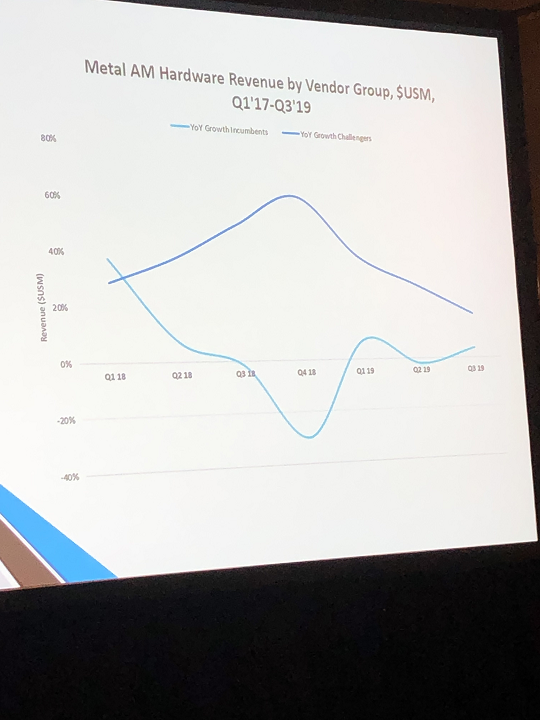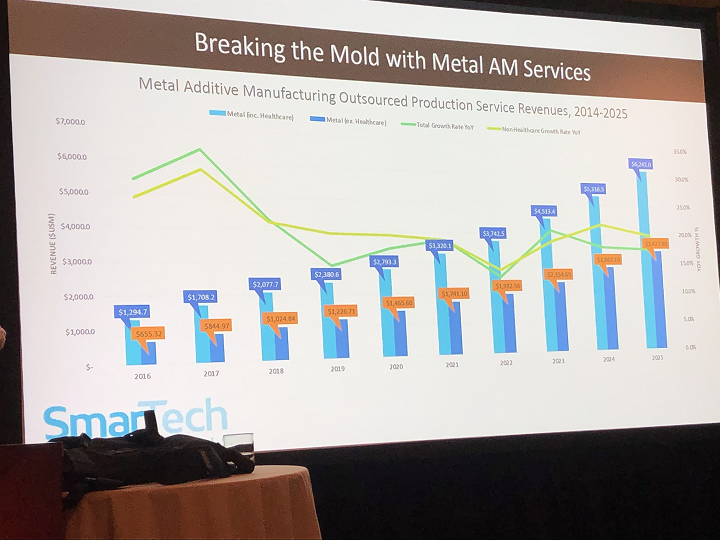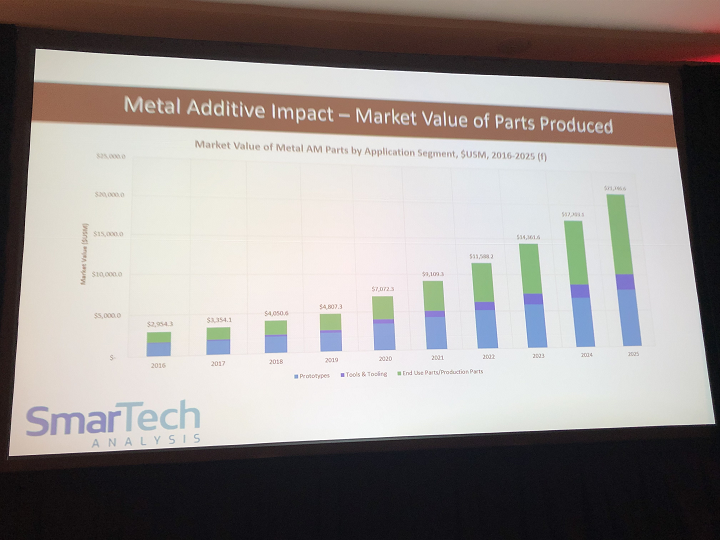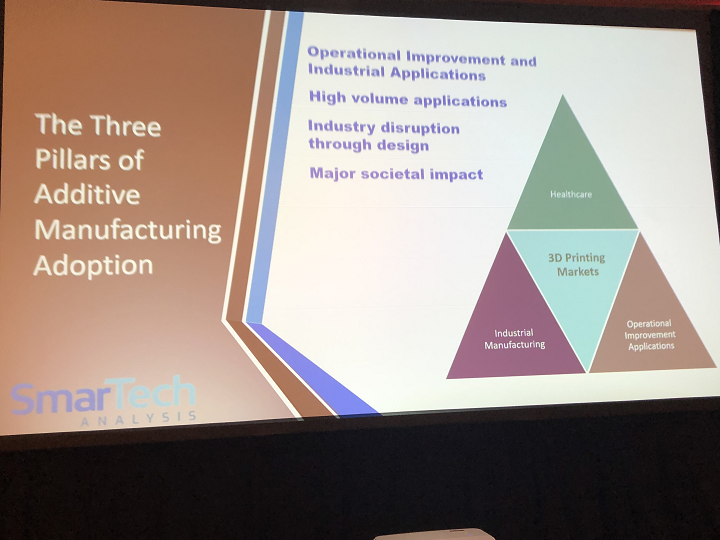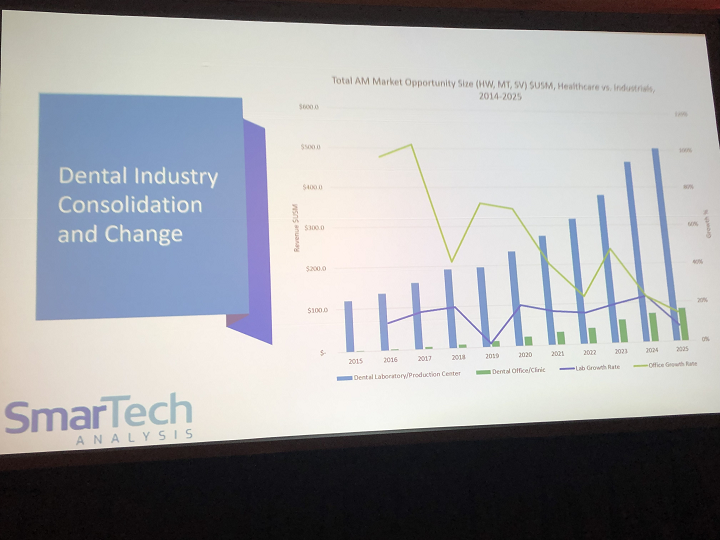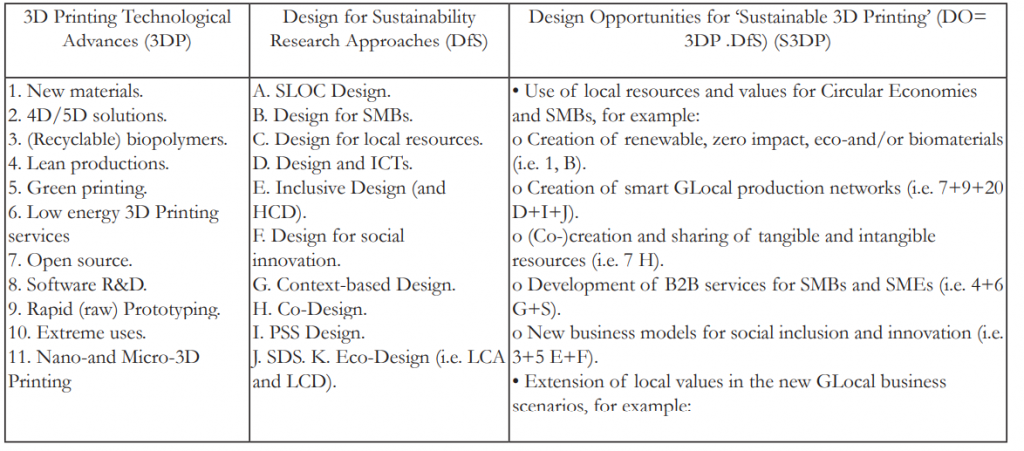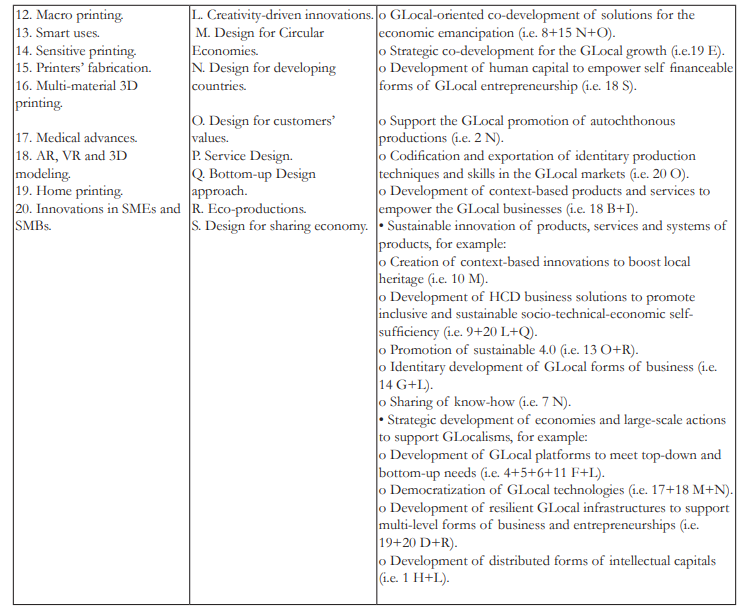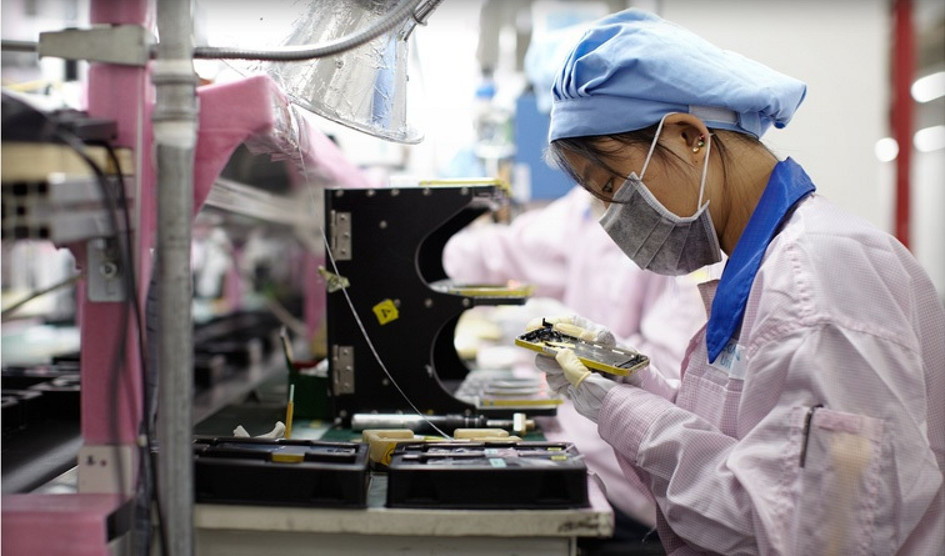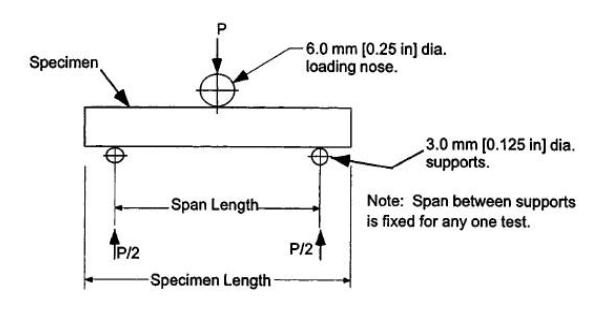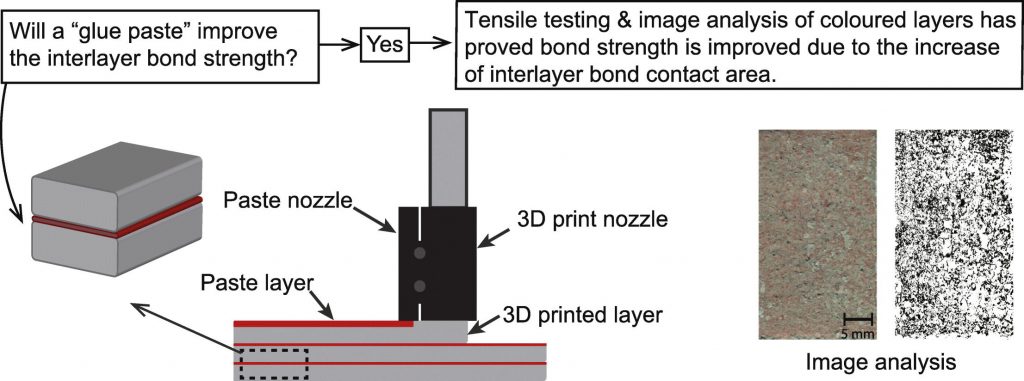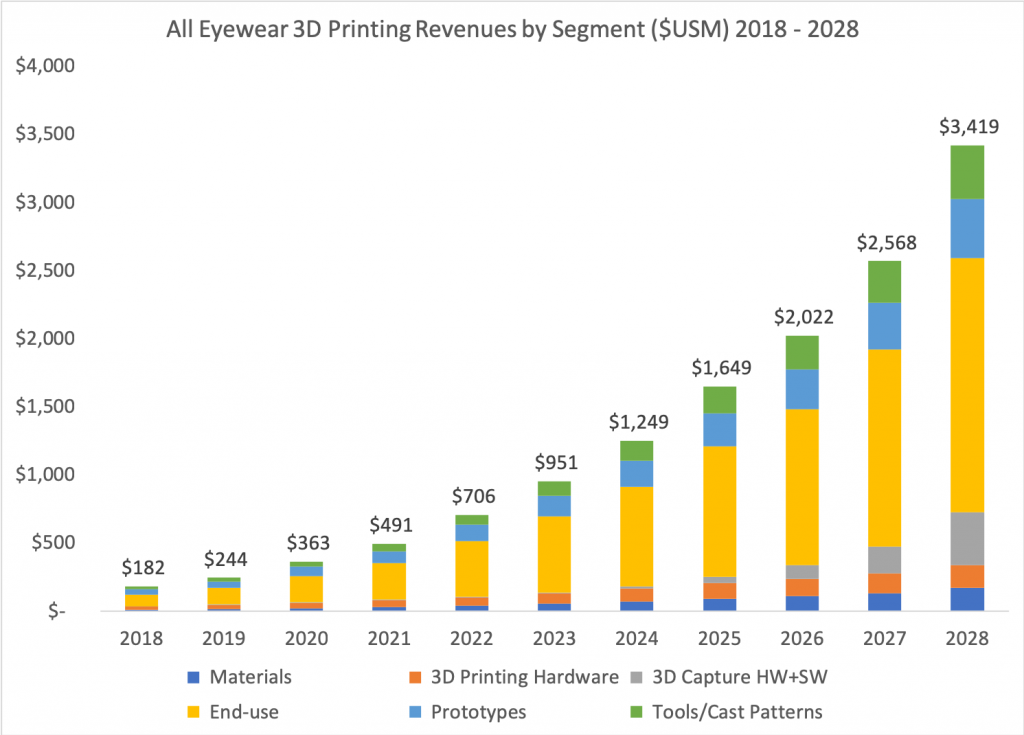Researchers from India are exploring the economic potential of 3D printing technology globally, and in relation to their own country, releasing the findings of their study in ‘A Study on The Entrepreneurial Opportunities, Global and Indian Economy in 3D Printing Sector.’
Taking a look at Industry 4.0 and the transformative nature of 3D printing in manufacturing, the authors consider the future, and especially the opportunities that should be available within India. This is especially true as digital fabrication has evolved substantially from a rapid prototyping tool to a catalyst for change in manufacturing complex, functional components—many of which are already critical to organizations like NASA, the military, automotive companies, and more.
India has been slower to embrace 3D printing, with the exception of medical applications where progress has been notable—especially in the area of implants (check out the case we followed on their 3D printed ear).
As 3D printing and accompanying technologies continue to evolve at an accelerated rate, they are impacting many industries in India; however, the authors point out the realities of converting from traditional methods to more progressive technologies—mainly that within the scientific realm—embracing such change can be overwhelming and many are resistant.
The construction industry in particular has a long way to go in India, along with other applications where 3D printing remains surprisingly unused in comparison with Europe and the US. As for startups, the authors realize that, while they may be entirely focused on 3D printing, it may not be “sufficient to show significant GDP growth.” Affordability and accessibility to technology are still needed in India, along with “more knowledge, and developmental work in terms of performance.”
3D printing service bureaus may prove to be profitable for some entrepreneurs, and in some cases, it may be the only technological service they offer, while yet others still have a stronger focus on conventional methods of manufacturing parts. The researchers also mention the importance of “3D printing groups” as users encourage each other to innovate further. In the midst of such evolution and revolution, the usefulness of prototyping should not be downplayed either.
In referring to data from a previous annual Wohlers report, the authors cite the following data:
“… more than 278,000 desktop IMAGES printers (less than $5,000) were purchased worldwide this past year. The additive manufacturing (AM) markets were up 25.9% by the Wohlers Review 2016 to $5.165 million in 2015.”
Their 2018 report shows the following:
“In 2017 the AM industry was generally about 21 trillion, with nearly all AM goods and services around the world exceeding $7,336 billion. The rise in 2017 will be comparable to a 17.4 percent increase in 2016 if Airbus, Adidas, Kia, Toyota, Stryker and many other rms, big and small, achieved a $6.063 and a $25.9 percent growth by 2015. This entire industry estimates $7.336 billion excluding domestic sales.”
Materials have also been up significantly, according to the most recent report, showing that revenue from the metal 3D printing realm grew 41.9 percent, in line with a five-year growth trend over 40 percent each year. Wohlers Associates also stated that “this kind of strong activity among materials suppliers and customers is a telling indicator of the increasing use of AM for production applications.”
It is interesting to note in other recent news (and opinion) also, that the country seems to be on the precipice of entering the market further, but they aren’t there quite yet, citing further 2018 Wohlers data:
“Industry analysis from the Wohlers Report, published in 2018, shows that India accounts for roughly 3% of total units installed across the Asia Pacific region when China hits 35% and Japan 30+%,” says Rajiv Bajaj, managing director, Stratasys India.
Overall, the authors see a “new phase” for 3D printers in India, and recent accessibility to printers like those of HP just introduced in the country last January show definite progress—and in terms of affordability too.
Along with stating that considering the true potential of the future of 3D printing “could make the least materialistic person drool,” the authors point out that there are still questions as to how manufacturing will really be impacted. While they do not expect traditional factories to be eliminated, it is certainly feasible that they will experience a “massive makeover.”
“The moment AM technology will dissipate as typical production procedures, it is rational to expect the decrease of AM systems expense, and consequently, soon the breakeven point will be expected to shift towards the creation of larger production amounts than the one considered. Under Indian native economic circumstances, a large GDP growth has been achieved. In addition, AM systems replace conventional and common production technology,” concluded the researchers.
Other researchers project that India’s presence in the 3D printing market will approach $79 million by 2021, but this depends on further education regarding the technology and whether the average consumer or business owner understands the benefits.
Bahubali’s Mahishmati empire arrangement [Image courtesy of: Sahas Softech][Source / Images: ‘A Study on The Entrepreneurial Opportunities, Global and Indian Economy in 3D Printing Sector’]
The post 3D Printing in India: Slow Adoption & What the Future Holds appeared first on 3DPrint.com | The Voice of 3D Printing / Additive Manufacturing.




 dashboard
dashboard


